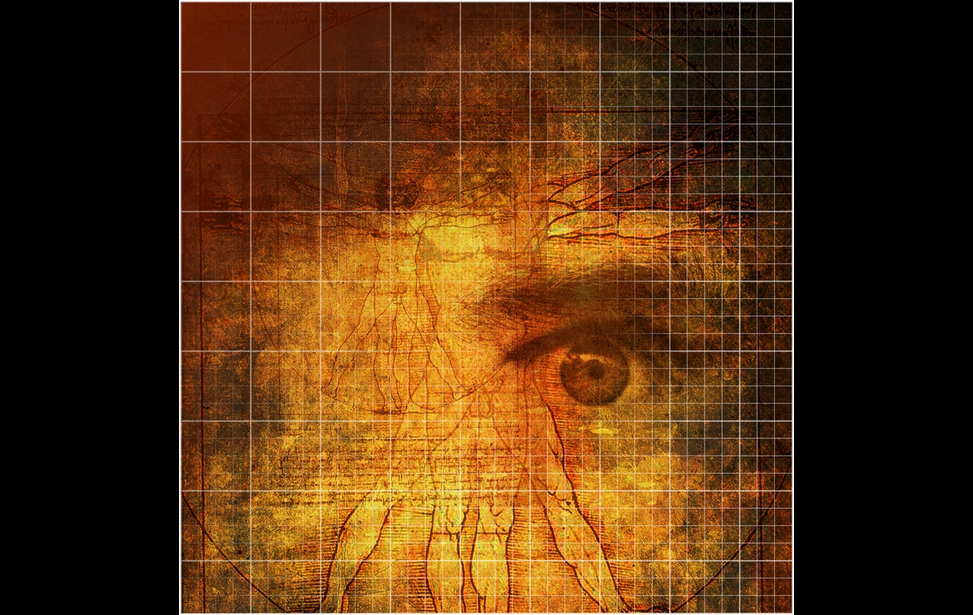How to Craft the Perfect Artist's Statement
Here are some tips for creating the perfect artist's statement for your next art gallery showing.
Artist's statements are hung up at art exhibitions and galleries so people browsing your work can learn a bit about you, the creator. This is the place where you can say as much or as little as you'd like about yourself, your process and how to get in contact with you. While some people may note your name on the tag beneath your works, when they read an artist's statement, they are much more likely to remember your name. Here are some tips for creating the perfect artist's statement:
Mention your influences
Some creatives like mentioning their artistic influences in their artist's statement. Alan Berger of ArtBusiness.com says he believes people should say they are inspired by someone, not that their work is like someone's. For instance, you could say, "Monet's colors have really influenced my paintings," but not "Like Monet, I use both vibrant and pastel colors." While this is a personal opinion, it is true that some viewers may think you're speaking too highly of yourself and your skills if you compare your work to a famous artist by using the word "like." This is an artist's choice, but something to think about as you craft your own artist's statement.
If you were inspired by Da Vinci, you may want to mention that in your artist's statement.
Keep it short
According to the Statistic Brain Research Institute, the average human attention span in 2014 was a mere 8.25 seconds. In order to hold your audience's attention and get them to read your artist's statement, you must be short and to the point. State your name, location and training, and then provide a brief blurb about your influences, artistic medium or creative process. Talk about the pieces being shown alongside the statement and include your contact information in case someone wants to purchase your work or discuss your pieces. All of this should take fewer than 400 words.
Get a second opinion
Grammar and spelling errors are major turnoffs to people reading your artist's statement. These simple mistakes can reduce a viewer's opinion of your intelligence. To avoid this unnecessary issue, have someone proofread your statement. Check it for readability (sorry, no difficult-to-read fonts), conciseness, spelling and grammar. Formatting can also be a problem if there are extra spaces or something on the page doesn't quite look right.
Most people choose to use black ink for the text, as their art is colorful - no need to also use varying hues in your statement! Artstudy.org recommends writing in first person, saying, "I created these pieces because ...." instead of "She created these pieces because ... ." That's because it makes it clear that the artist wrote the statement. Not all artists are also strong writers, so getting a second opinion can help to clarify what you're trying to say and make sure your artist's statement properly represents you and your work.









